Manual handling
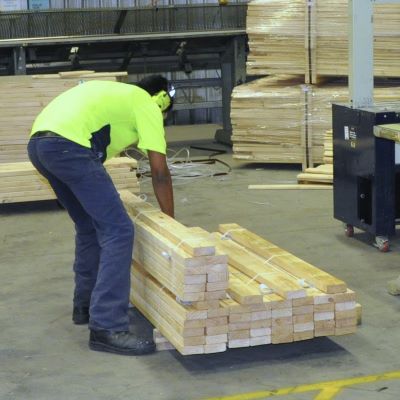
Whenever you're doing work that puts a strain on your muscles or joints, you need to think about manual handling techniques and body postures.
It's worth keeping in mind that joint and muscle problems are more likely to be caused by gradual wear and tear through using bad work practices rather than from a one-off accident.
Some manual handling injuries can be avoided by wearing appropriate PPE while you’re working, such as gloves when you’re handling timber or sharp objects. Other injuries can be avoided by using mechanical aids, such as a trolley or gantry crane, to lift and move heavy or awkward objects. But over and above mechanical aids and PPE, the best way to avoid manual handling injuries is to get into the habit of using good work practices at all times.
Looking after your back
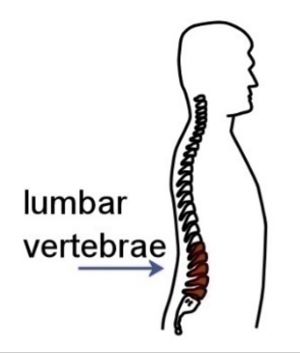
Back injury is sometimes caused by lifting a load that's too heavy, but it can also occur from pushing, pulling, or twisting while your back is under strain.
The real problem area for most people is the lumbar region. This is the area that allows you to bend forwards, backwards, from side to side and to twist around. To understand why the lumbar region tends to get injured, you need to know how it’s constructed.
The spine is made up of a set of vertebrae stacked one on top of another. Between the vertebrae are discs, which act like shock absorbers – compressing when the spine is bearing a load, and springing back again when the load is taken away.
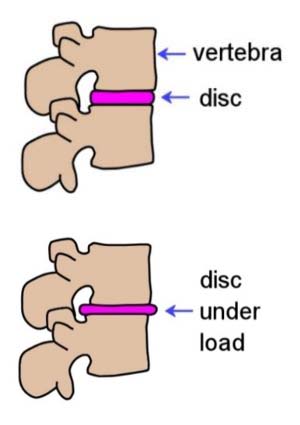
However, the discs can only cope with maximum pressure when your pelvis is level and your spine is in a balanced position above it. So when you bend or twist while holding a load, you’re putting uneven stresses on the discs in addition to the extra weight they have to bear.
Many injuries result in fatigued muscles going into spasm, causing back pain and difficulty in standing up straight. In serious cases, a bulging disc can rupture and come into contact with a nerve in the spinal cord. Some people call this a 'slipped disc'.
So how does this affect the way you should work? The general rule is – try to avoid putting too much stress on your back when bending forwards or sideways, twisting or reaching past a comfortable distance.
Here are the main steps you should follow when you need to lift and carry a large, heavy or awkward object.
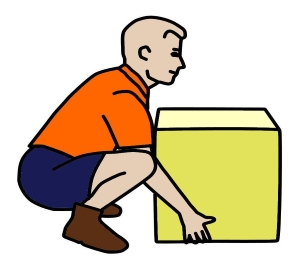
Size up the load and decide whether you’ll need help to lift or move it.
Check the path you will be taking to make sure there are no obstacles in the way.
Place your feet firmly on the ground and put your body in a balanced position.
Bend your knees to get down to the load, and keep your back as straight as possible.
Use your legs to do the lifting as you stand up straight.
Keep the load close to your body while you’re carrying it.
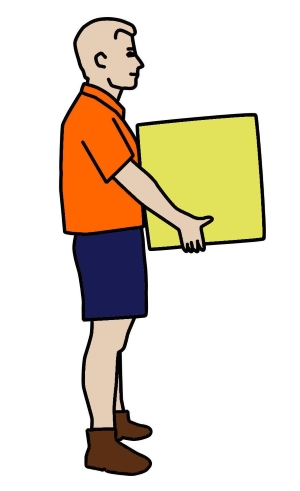
To put the object down again, use the same procedure as for picking it up – keep your body well balanced and use your legs, not your back. Also remember that while your joints and muscles are under strain, you should avoid twisting your back.
If you need to change direction while you’re picking up, carrying or putting down a load, swivel on your feet so that your whole body moves in the same direction.
Manual handling hazards and controls
Set out below are some hazardous situations and examples of control measures that can be used to reduce the risk of manual handling injury.
| Hazardous situations | Control measures |
| Repetitive movements | Take regular breaks from repetitive work, or change activities to give your muscles and joints a break |
| Awkward posture | Change position regularly while working if you need to crouch or reach past a comfortable distance for a long period |
| Use of heavy force | Avoid using excessive force – use a mechanical aid or get help from an offsider when extra force is required |
| Objects difficult to grasp | If the object is an awkward size or difficult to hold firmly, seek assistance from an offsider before you pick it up. |